Moscow was the center, heart, and soul of the Soviet Union in the 1950s. The country was recovering from World War II, and moving towards the rapid development and prosperity. The city housed the headquarters of the Soviet secret service, the KGB, and the developing nuclear and aerospace breakthroughs of the Soviet Union during the Cold War.
New architectures, theatres, skyscrapers, and hotels were built in the city during the 1950s. The Hilton Moscow Leningrad kaya, one of Moscow’s Seven Sisters Skyscrapers, was also built-in 1954. Moscow also hosted the 1957 Ice Hockey World Championships and 6th World Festival of Youth and Students.
Here below are some stunning vintage photos that will take you back to the Soviet Moscow in the 1950s.



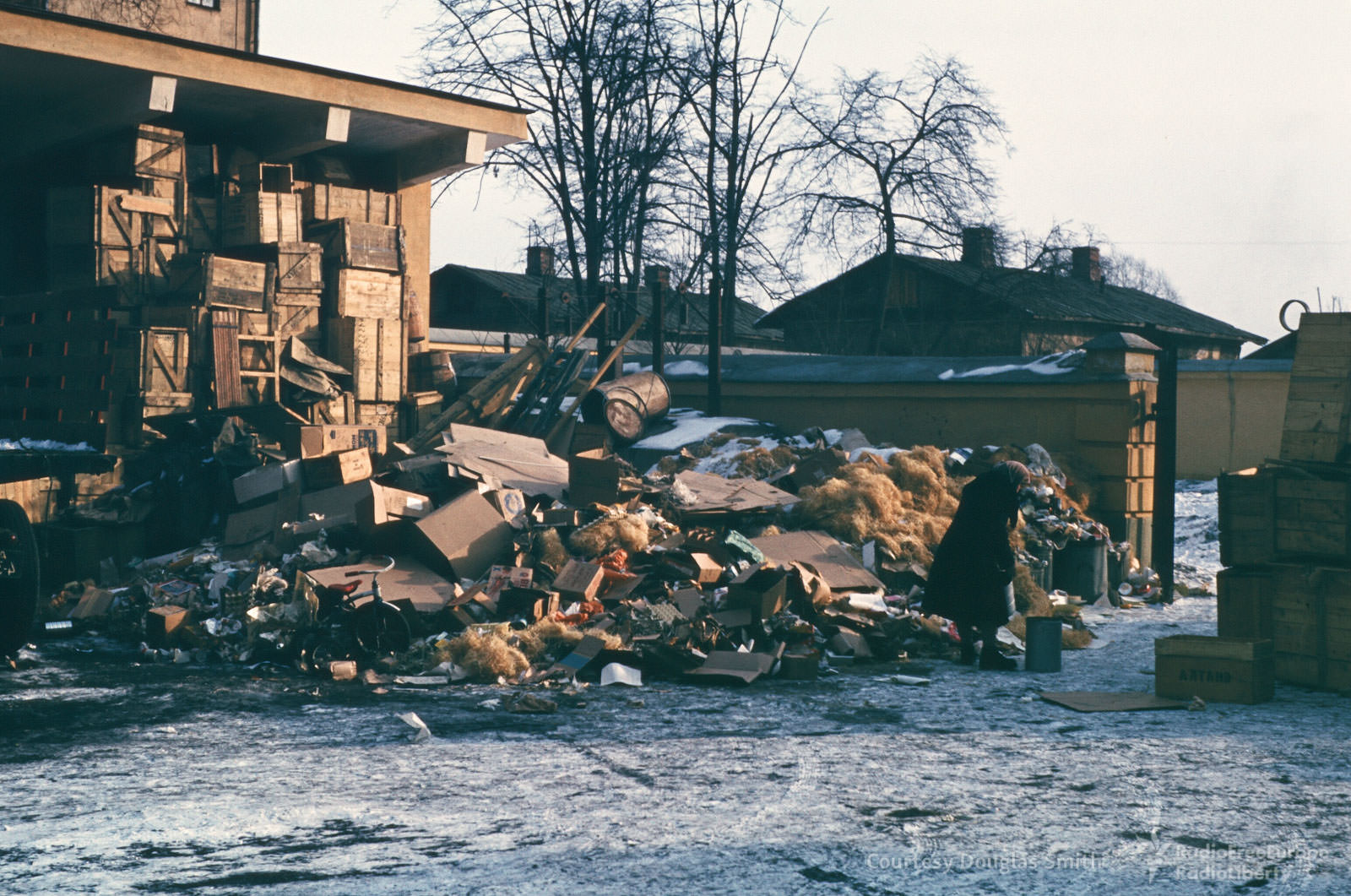





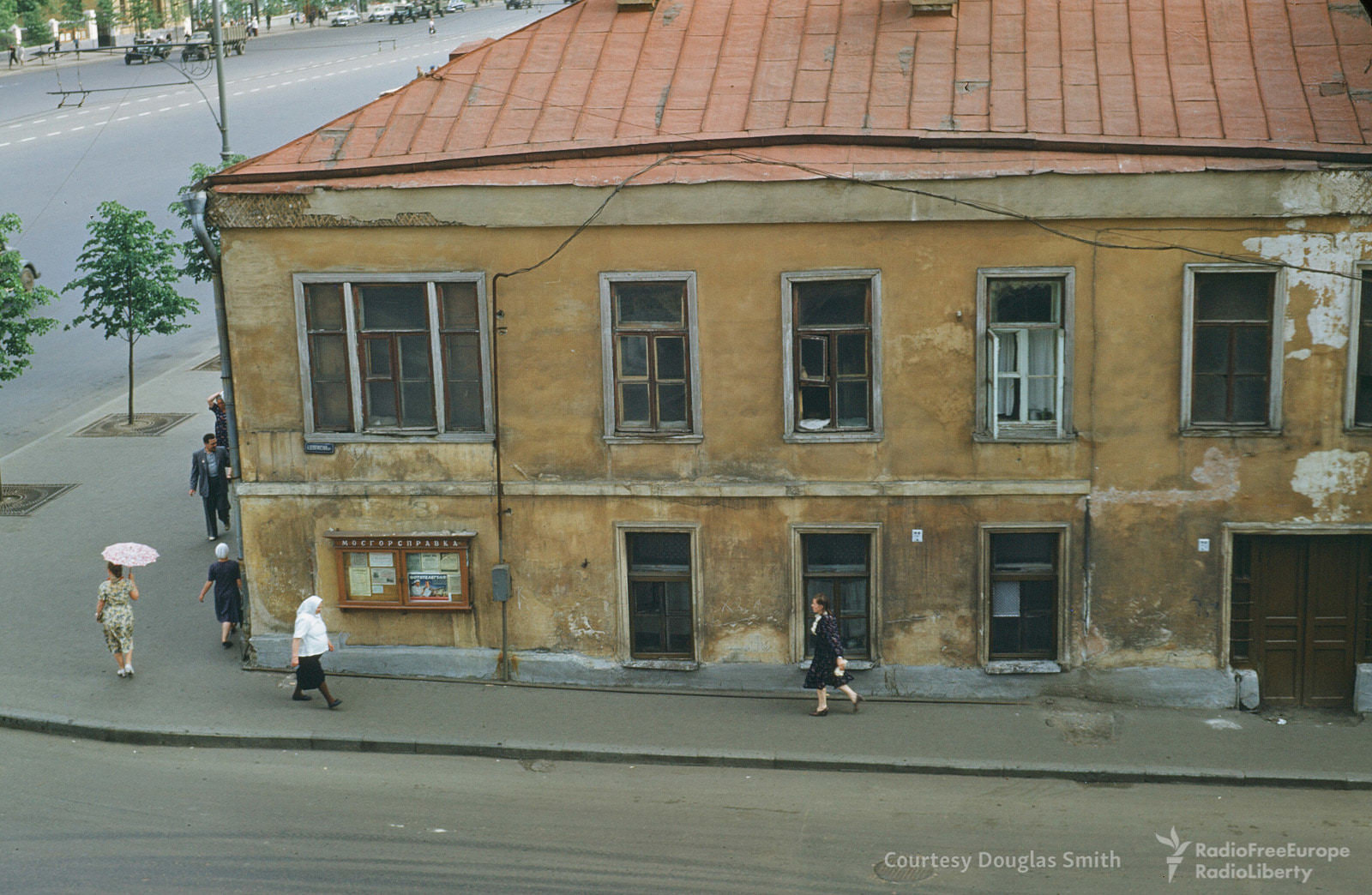





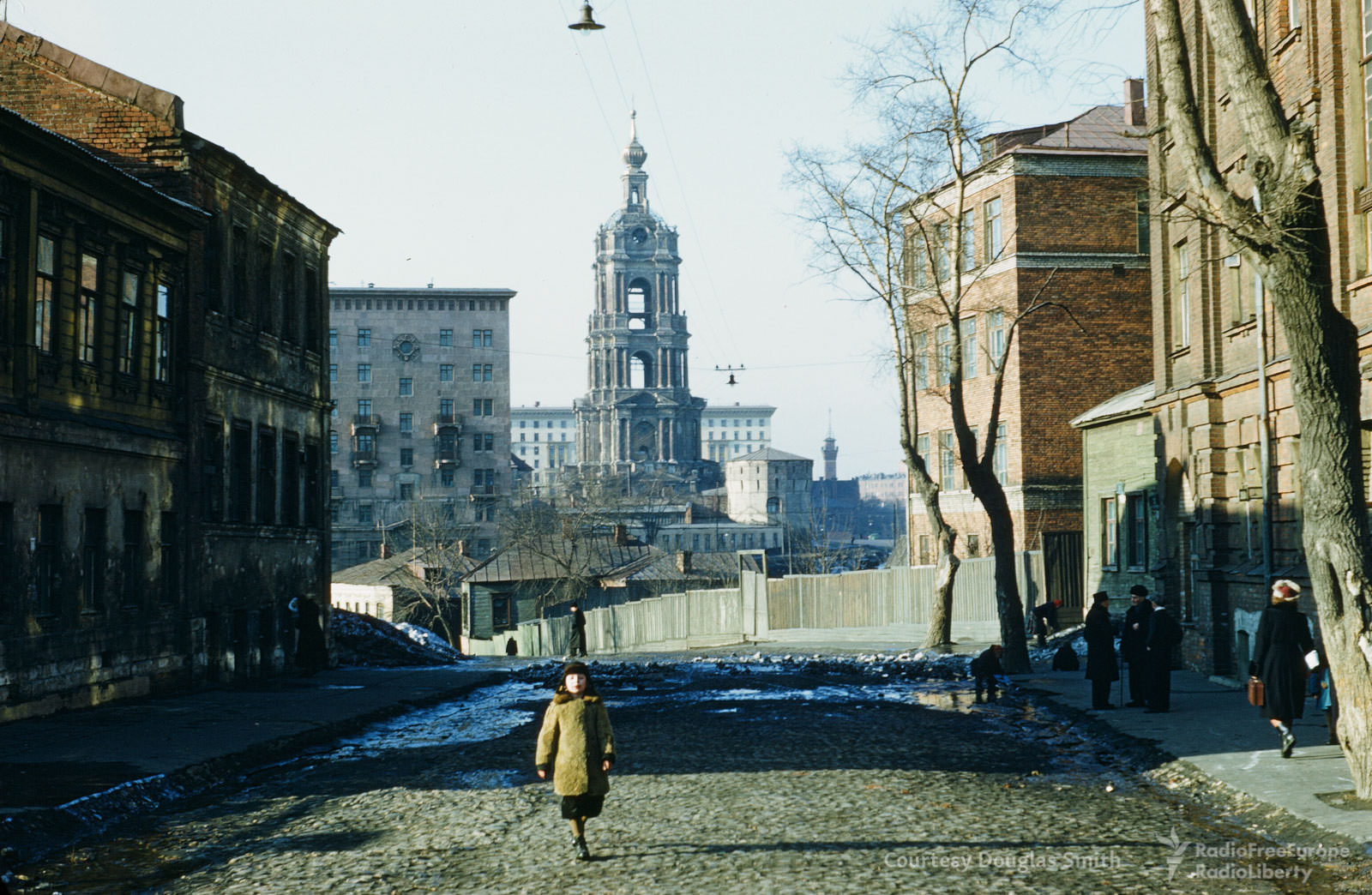


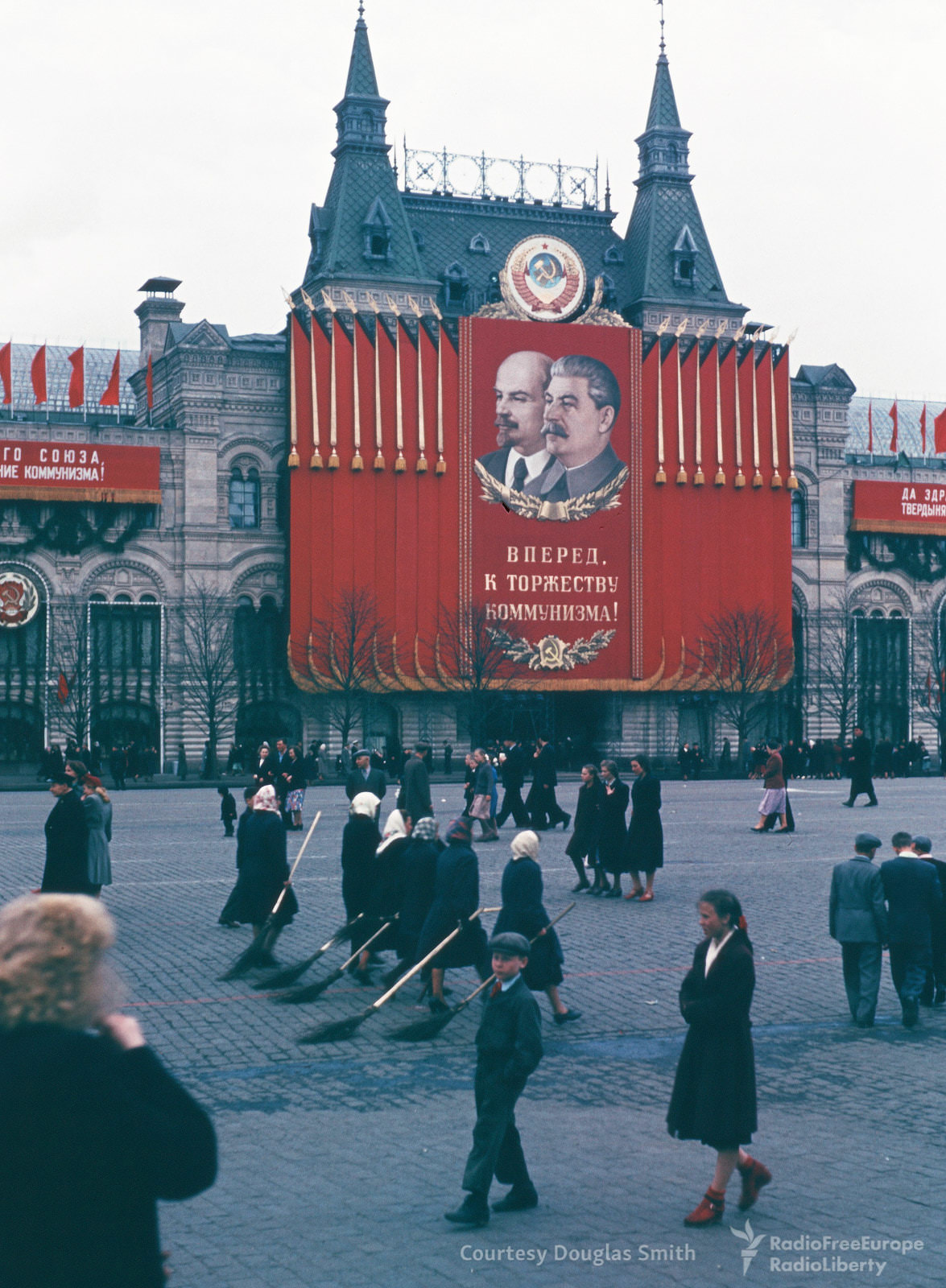



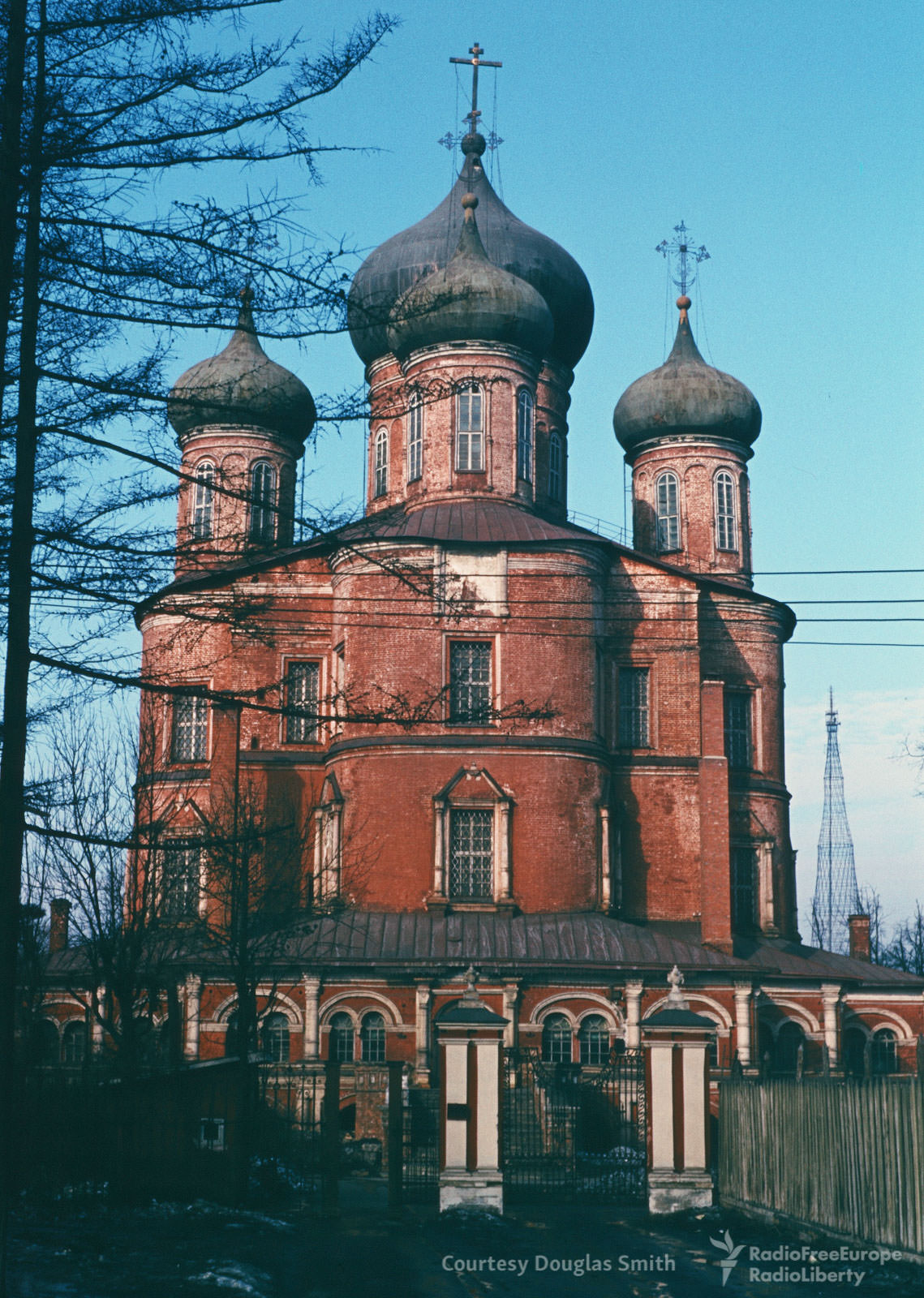












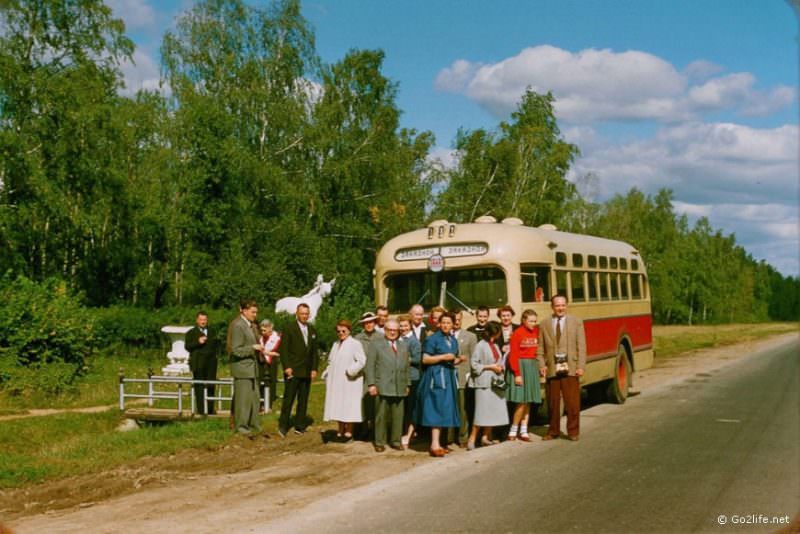













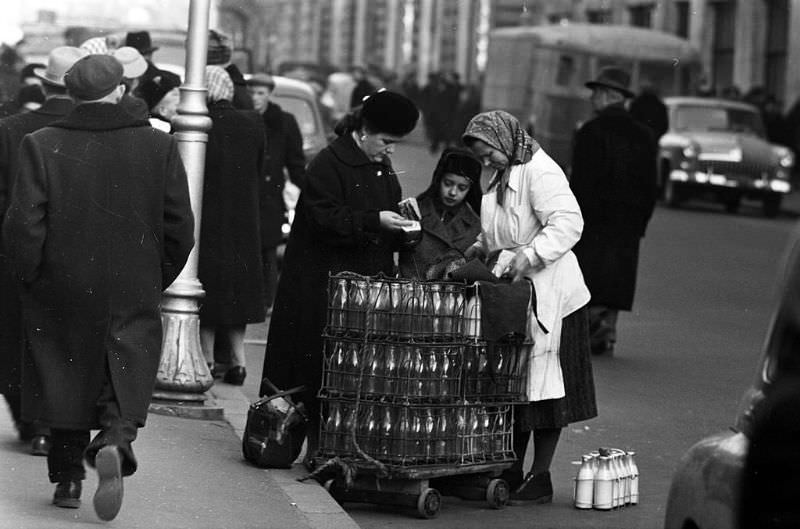



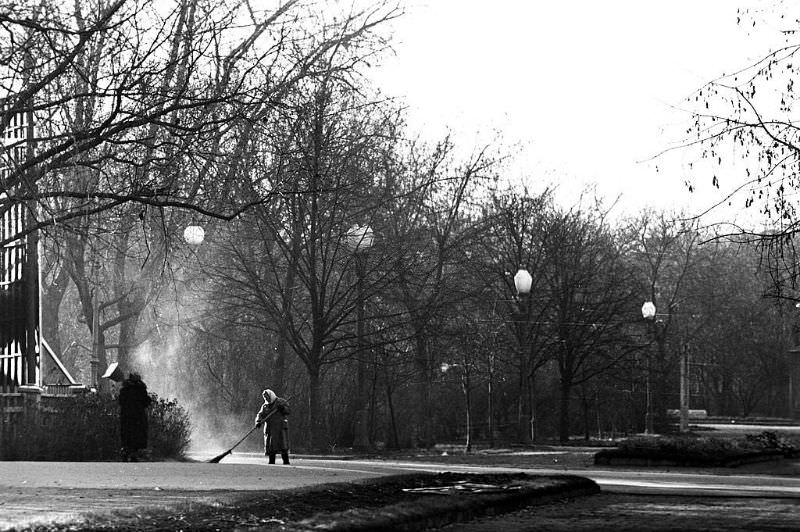
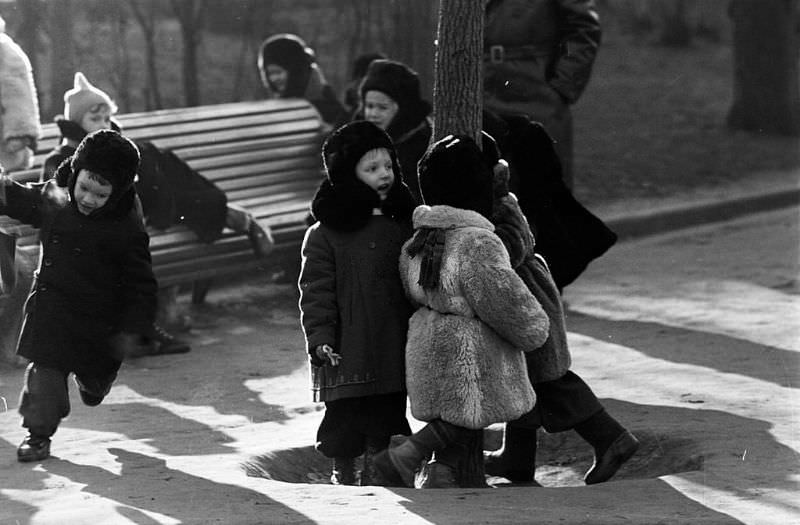








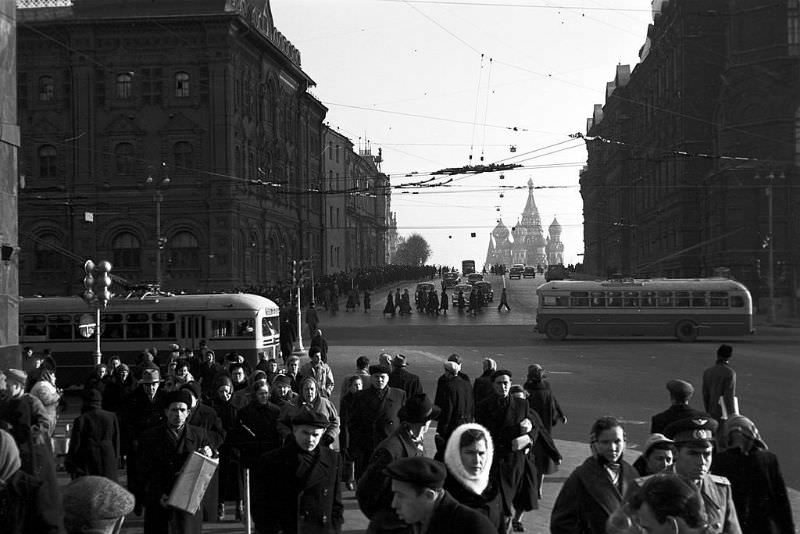







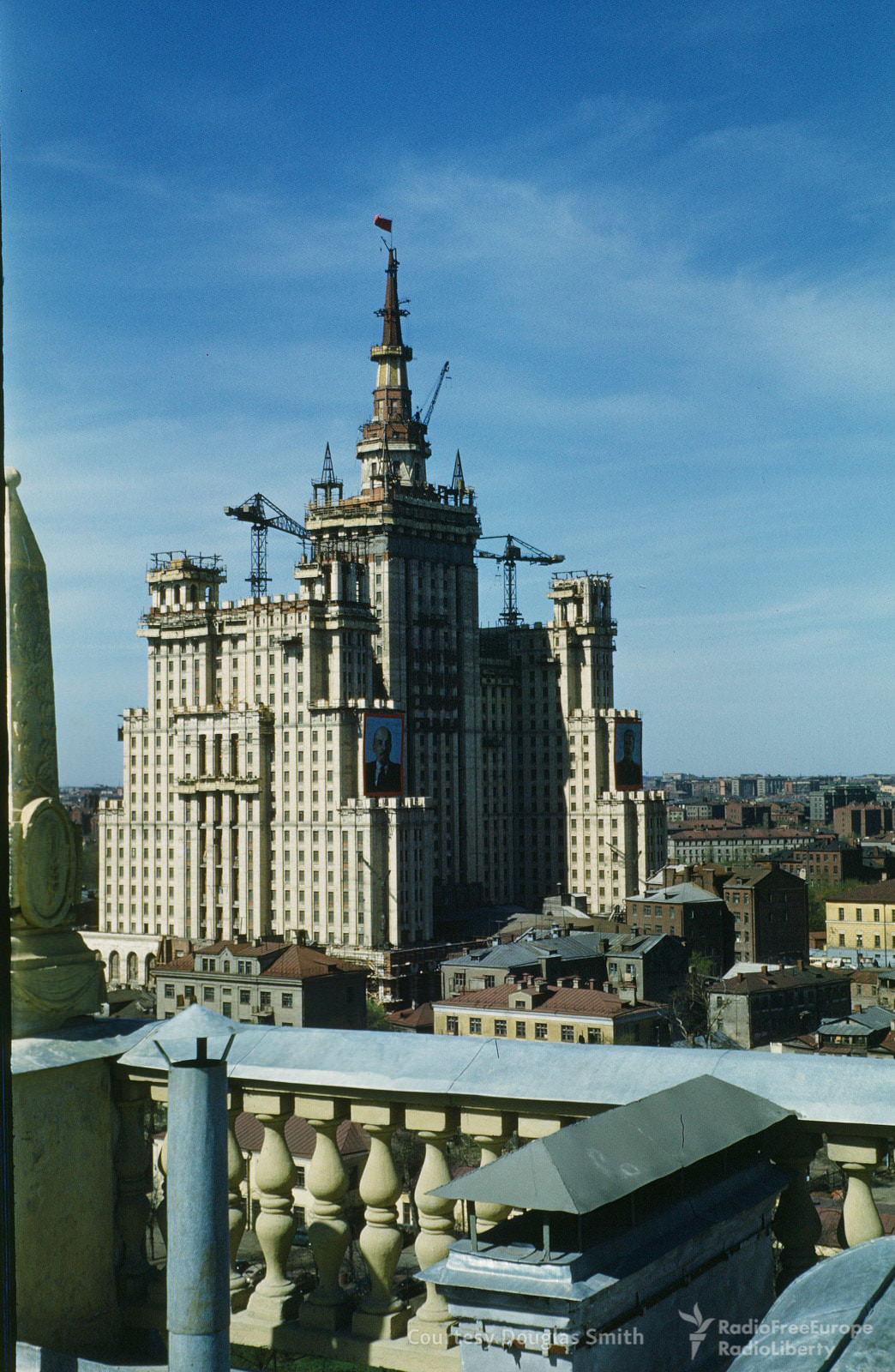


Wow! What kind of development and prosperity are we talking about? Even in the 1980s, toilet paper was still hard to find in many parts of the country even though production started in 1969
Amazing! Westerners sure are obsessed with toilet paper! Well, you like the butt stuff anyway, right? However, the country rebuilt and developed rapidly after World War II, especially considering how much of the European part was razed in that event and how nearly a whole generation of men got disabled. In the late 1960s, living standards and human development were far above the global average. All of my relatives have nothing but good things to say about those times and the 1980s. Although, unfortunately, so many resources had to be spent on defence, it was unavoidable given the continuous threats from Western imperialist aggressors. It was either that or got “Untermenschen”.